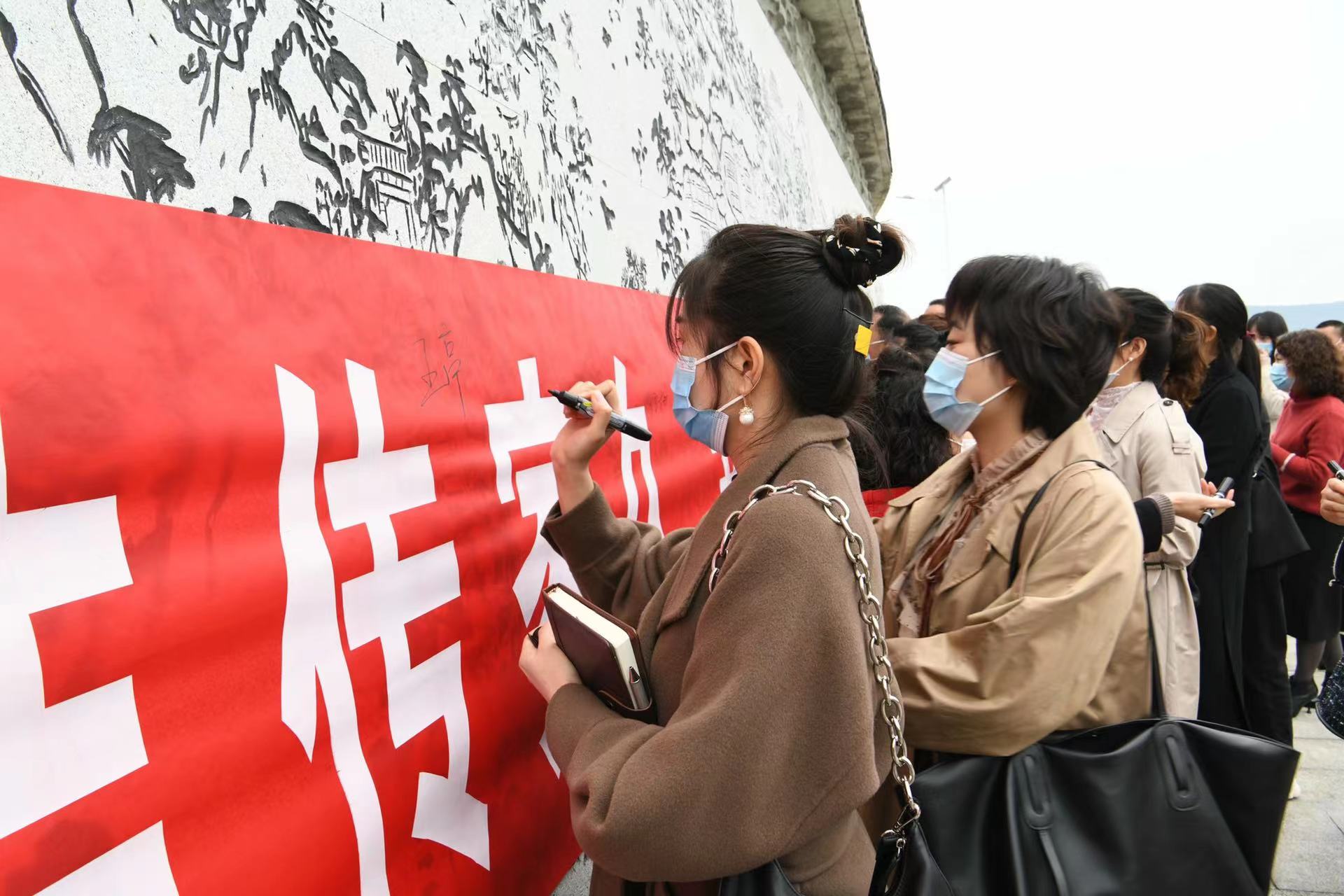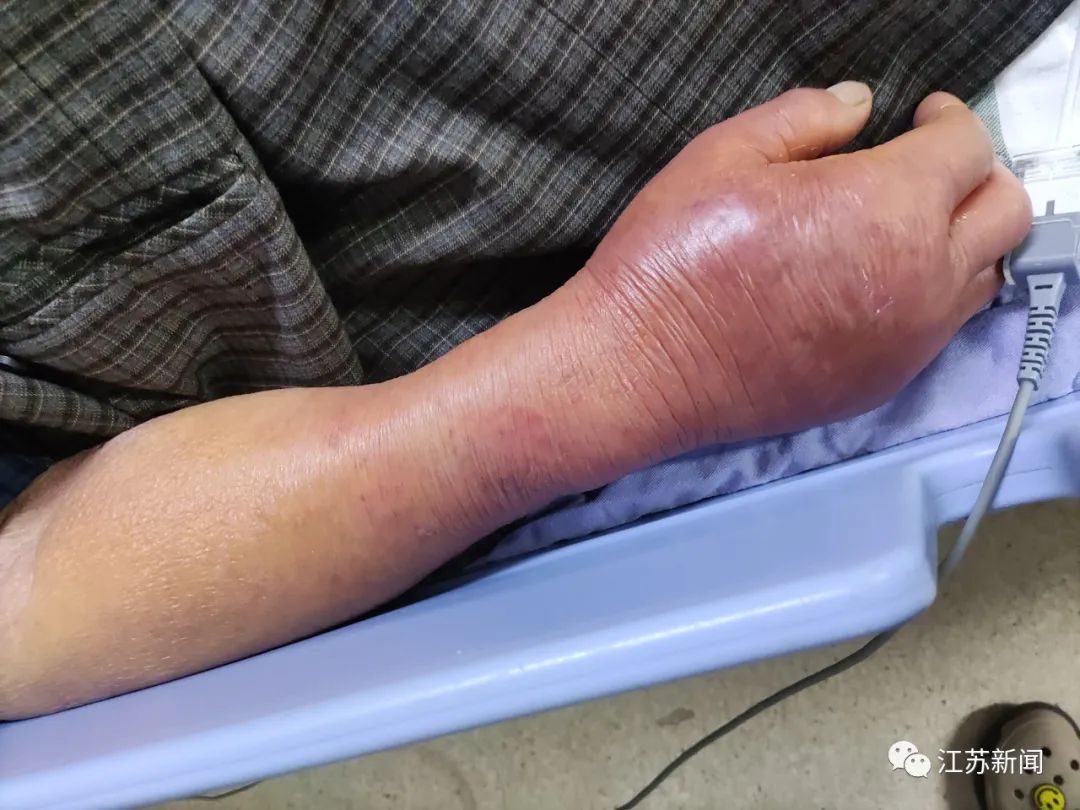Fuling discovered the earliest rewriting of the development of ceramics in the early Long Kiln site of Xiangdong
Author:Zhuzhou Legal system Time:2022.07.08
In April of this year, the business personnel of the Lingling Kiln Management Institute investigated the kiln site in the Laushui Basin, and found a kiln site that was destroyed. After the report was reported, the Zhuzhou Cultural Relics Bureau organized archaeological investigations to conduct archeological investigations around the kiln site. In the survey area of Yongxing Village 3.6 square kilometers, a total of 17 kiln industries were found. Among them, the kiln industry accumulated 10 in the Han Dynasty. Archaeologists also collected a large number of printed hard pottery slices and celadon slices. This not only fills the gap in the early celadon kiln site in the East of Hunan, but also provides new information for studying the development history of Hunan's ceramic industry and the development of kiln technology in the middle reaches of the Yangtze River in the middle of the Yangtze River.

On July 8th, the site of the Yijiashan kiln site located in Yongxing Village, Zuoquan Town, Lingling has basically completed the rescue archeological excavation work, and is about to enter the indoor restoration and finishing stage of the unearthed cultural relics. According to the current archeological work, the history of Fuling firing porcelain was once again pushed forward. It proves that as early as in the middle and late Eastern Han Dynasty, Liling had a tradition of large -scale industrialized production of porcelain and hard pottery.

As the on -site staff lifted the protective plastic film, a dragon kiln site was displayed in front of everyone. The kiln head of the ancient kiln has been destroyed, and only some kiln beds and kiln tails are preserved. The kiln is 7.2 meters long. Archaeologists calculate that the original kiln should be about 20 meters. Dragon kiln is a form of kiln. It is built in the south of the river. It is named after the slope from top and like dragon snakes. According to Huang Yangqiu, Cultural Relics and Archeology of the Cultural Tourism and Sports Bureau of Zhuzhou City, this is currently the earliest dragon kiln discovered in the East of Hunan.

The gate of the kiln here is dense. The excavated pottery and celadon slices are typical square decorations in the middle and late Eastern Han Dynasty. At the same time, the surrounding transportation is convenient. Porcelain kiln yard. It is understood that in 2018, the Lingli Water Branch Still of the River Basin found the Long Kiln site in the Five Dynasties. Wen Guoxun, director of the Archeology Department of Zhuzhou Museum, introduced that the most important value of this kiln site is to rewrite Fuling again. The history of firing porcelain, through physical proof, Ling Ling had a large -scale industrialized production of porcelain as early as in the middle and late Eastern Han Dynasty.

The evidence and clues provided by Yongxing Village's preliminary archeological excavation work can be preliminarily judged that the history of Fuling burning porcelain has been more than 1900 years, nearly two thousand years. The kiln sites of the Eastern Han Dynasty, Five Dynasties, Song and Yuan Dynasties, and Ming and Qing Dynasties have been discovered. During the period of each period of each period, the historical development context of Liling firing porcelain has become clearer. It fully illustrates the long history, the leading craftsmanship, and the orderly inheritance of Liling's firing porcelain.
- END -
Cangxi, Guangyuan, Sichuan: Family style, slowly pass the clean and clean breeze, Run Li Township

The summer vacation has arrived. With the art of calligraphy art in the Qing Dynas...
The old man's hands were swollen like this, and he almost killed!Be wary of "the killer in the killer"

After the old man tasted a few salmonCalling chillsSlightly tingling in the right ...